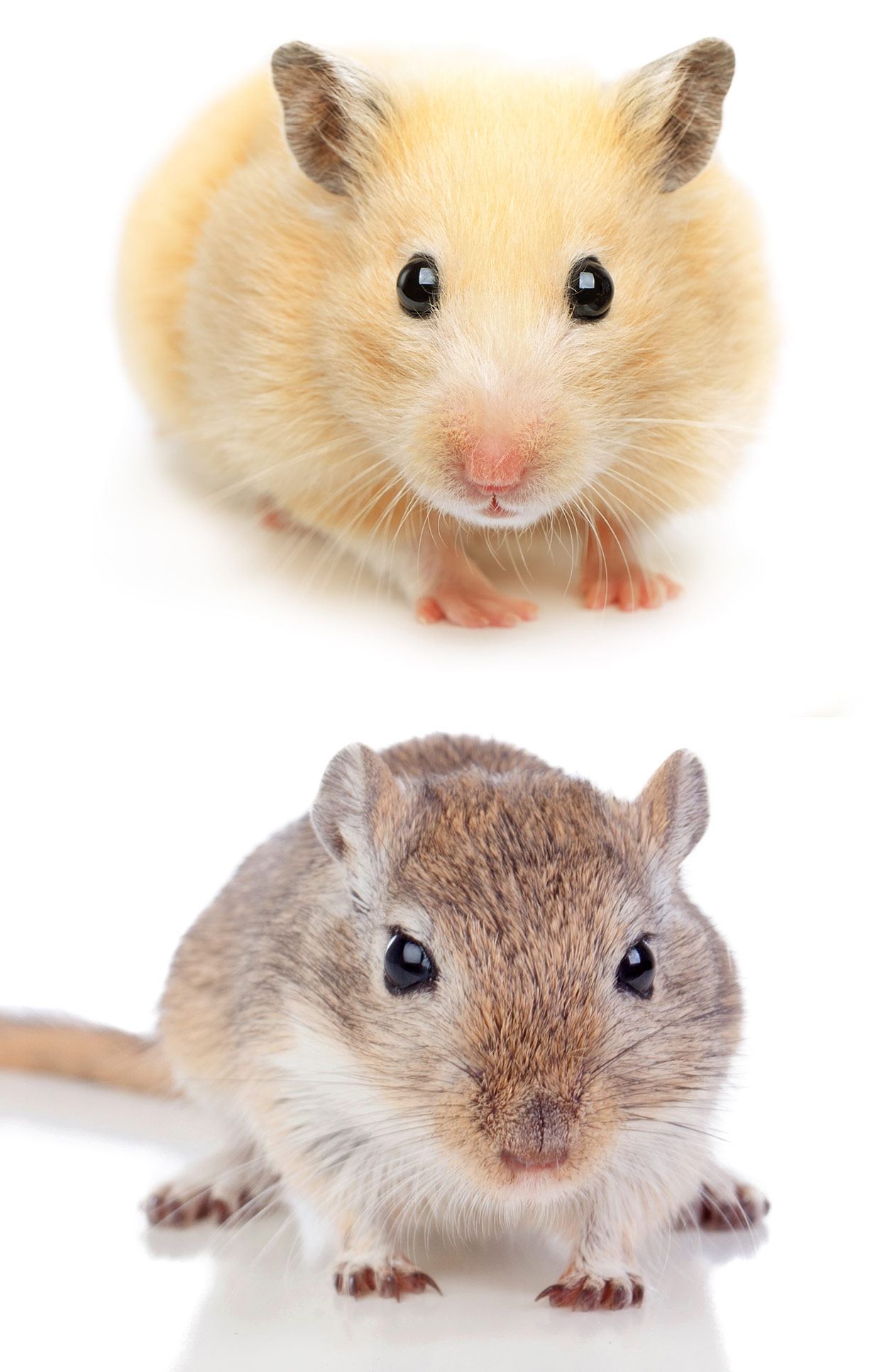

2016), but thus far, has seen limited use. The 2-way choice partner preference test (PPT) is a good candidate tool for such a purpose and could be applied to many mammals, thereby enhancing the explanatory power of comparative studies of social and mating systems ( Carp et al. To expand studies to a broader range of species, including those that are poorly studied, rare, or secretive, we need a universal operational tool, robust to exogenous inputs, which would allow classifying and comparing mating and social systems under standard conditions to control for intraspecific variation and exogenous factors.

2017), which narrows the spectrum of model taxa for comparative analysis. Field studies take years of individual-based observations and enormous efforts to make conclusions on species social and mating systems ( Clutton-Brock and Sheldon 2010 Taig-Johnston et al. Gerbils, mating systems, partner preference test, partner fidelity, social systems, stranger-directed aggressionĮvolutionary models of sociality and mating systems remain intriguing and produce controversial results, often due to the lack of data and poor classifications of species behavioral traits and pair-bonding patterns, in particular ( Lukas and Clutton-Brock 2013 Kappeler 2014 Kappeler and Fichtel 2016 Schradin 2017). This first comparative experimental study of partner preferences in gerbils provides new insights into the interspecific variation in gerbil sociality and mating systems and sheds light on behavioral mechanisms underlying social fidelity and pair-bonding. perpallidus, stranger avoidance increased the time spent alone. unguiculatus, stranger avoidance in the DC-tests increased the time spent with the partner, thus providing evidence of a partner preference that was not found in the NDC-tests, whereas in G. perpallidus, but not in the nonterritorial promiscuous M. unguiculatus and the solitary territorial promiscuous G. In the DC-tests, stranger-directed aggression and stranger avoidance were observed both in the highly social monogamous M. The time spent alone was a reliable indicator of species sociability independent of the nature of contact, whereas the pattern and level of between-species differences in male partner preferences depended on contact type: DC PPTs, unlike NDC-tests, discriminated well between monogamous and promiscuous species. Gerbil species differed strongly in sociability and male partner preferences. We measured male preferences as the time: 1) spent alone, 2) with familiar (partner), and 3) unfamiliar (stranger) female in the 3-chambered apparatus. meridianus, and solitary territorial promiscuous pale gerbil Gerbillus perpallidus), we employed partner preference tests (PPTs) to assess among-species variation in sociability and pair-bonding patterns and tested whether the nature of contact between individuals: direct contact (DC) versus nondirect contact (NDC) affected our results. In a study of gerbils with contrasting social and mating systems (group-living monogamous Mongolian gerbil Meriones unguiculatus, solitary nonterritorial promiscuous midday jird M.


 0 kommentar(er)
0 kommentar(er)
